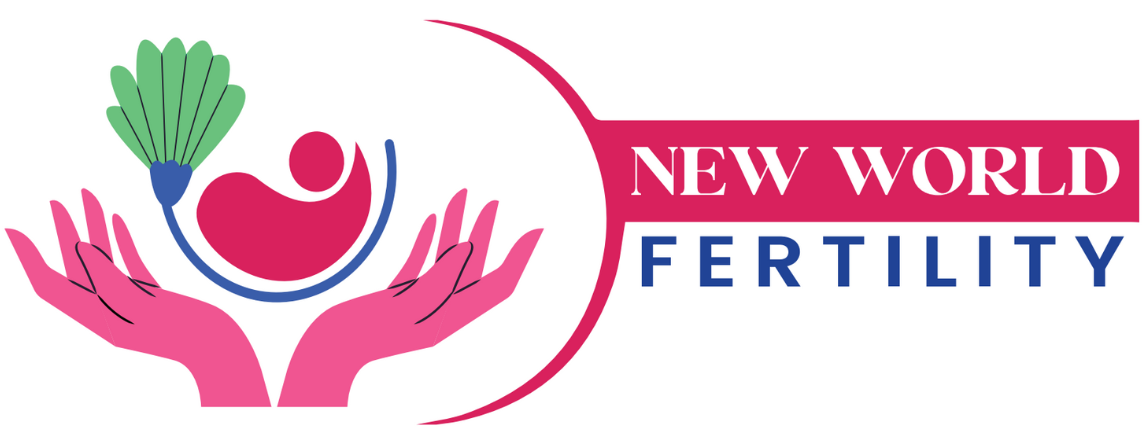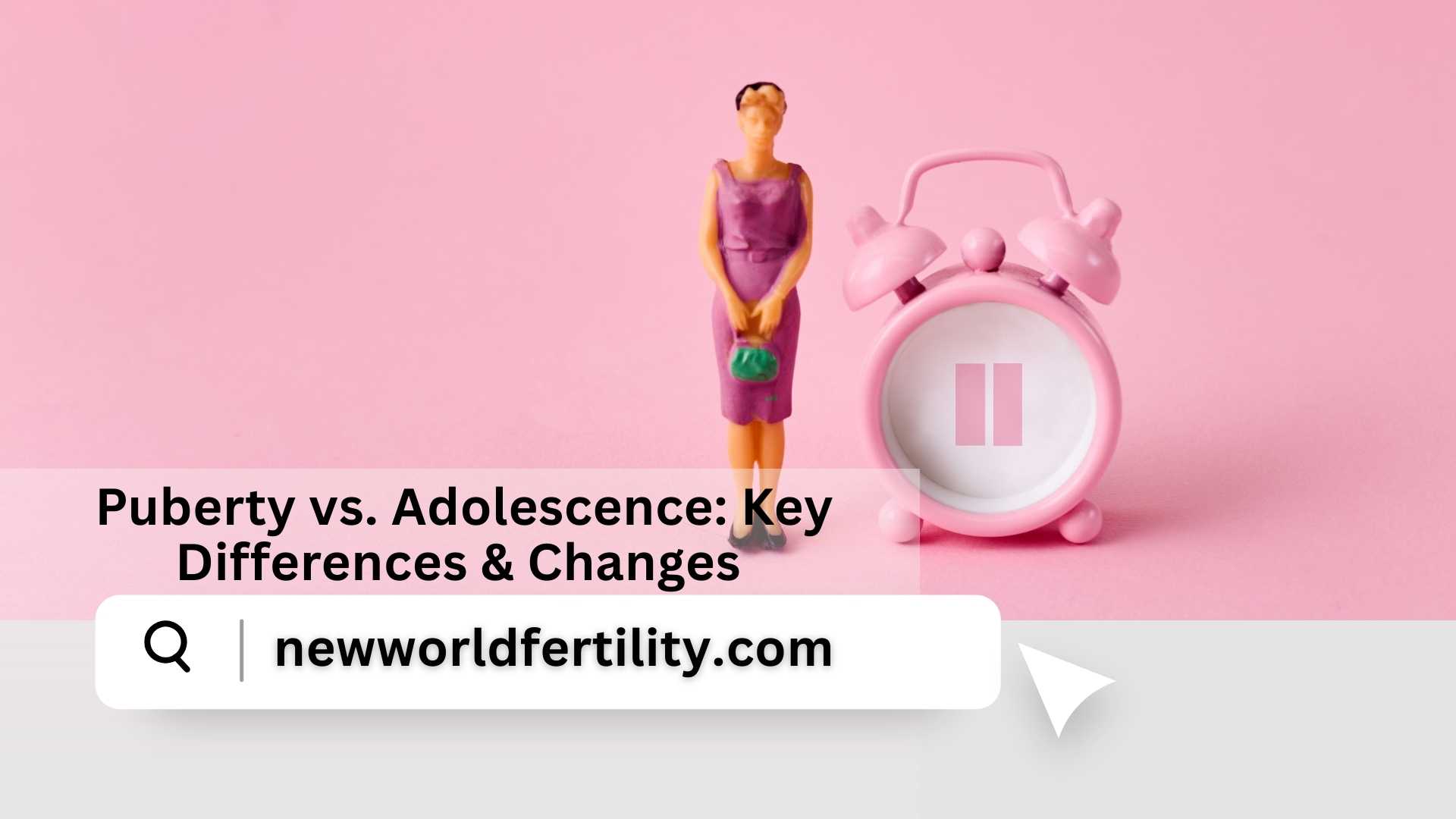Puberty and adolescence are often used interchangeably, but they are not the same. While both refer to crucial stages of growth, puberty is primarily a biological process, whereas adolescence is a wider developmental phase that includes physical, emotional, and psychological changes. Understanding these differences can help parents and teenagers navigate this critical phase more effectively.
What is Puberty?
Puberty is the phase in which a child’s body undergoes biological and physical changes to reach sexual maturity. It is triggered by hormonal changes and includes signs such as:
Growth spurts
Development of reproductive organs
Appearance of secondary sexual characteristics like facial hair, breast development, and voice changes
Increased hormone production (testosterone in boys, estrogen in girls)
Typically, puberty begins between 8-14 years in girls and 10-16 years in boys and lasts for a few years.
What is Adolescence?
Adolescence is a broader period of transition from childhood to adulthood, involving:
Physical development (including puberty)
Cognitive changes (critical thinking, decision-making)
Emotional and social maturity (forming identity, understanding relationships)
Psychological growth (handling stress, developing independence)
Adolescence generally occurs between 10-19 years but can extend into the early 20s.
7 Key Differences Between Puberty and Adolescence
1. Definition
Puberty: The process of physical changes leading to sexual maturity.
Adolescence: A developmental stage that includes puberty but also cognitive, emotional, and social growth.
2. Duration
Puberty: Lasts for a few years, typically from 8-16 years old.
Adolescence: Can last up to a decade, from 10-19 years (sometimes into the early 20s).
3. Types of Changes
Puberty: Physical changes like body growth, hormonal shifts, and reproductive organ development.
Adolescence: Includes physical, emotional, social, and psychological development.
4. Role of Hormones
Puberty: Directly influenced by hormonal changes (estrogen, testosterone, growth hormones).
Adolescence: Hormones play a role, but cognitive and social factors are equally important.
5. Emotional and Psychological Growth
Puberty: Primarily about biological changes.
Adolescence: Involves mental growth, emotional regulation, and social skills.
6. Social Development
Puberty: Focuses on biological milestones without major social development.
Adolescence: Involves learning to interact with peers, managing relationships, and becoming independent.
7. End Point
Puberty: Ends when an individual reaches sexual maturity.
Adolescence: Ends when a person transitions into adulthood, typically in their late teens or early 20s.
Why Understanding This Difference Matters
Recognizing the difference between puberty and adolescence helps parents, caregivers, and teenagers navigate these changes with better awareness. Emotional support during adolescence is just as crucial as medical care during puberty.
Conclusion
While puberty is a biological process, adolescence is a broader transition involving mental, emotional, and social growth. Both stages are essential in shaping an individual's future. At New World Fertility, we provide expert insights and medical guidance for parents and teens dealing with puberty-related concerns.
FAQs
Q1. Can adolescence start before puberty?
No, puberty usually marks the beginning of adolescence, but emotional and social changes may start earlier.
Q2. What are the first signs of puberty?
Common early signs include body hair growth, voice changes, acne, and increased sweating.
Q3. How long does adolescence last?
Adolescence generally lasts from 10-19 years but can extend into the early 20s.
If you have concerns about puberty, adolescence, or hormonal changes, consult New World Fertility for expert advice and professional guidance.

 Nov-22-2025
Nov-22-2025